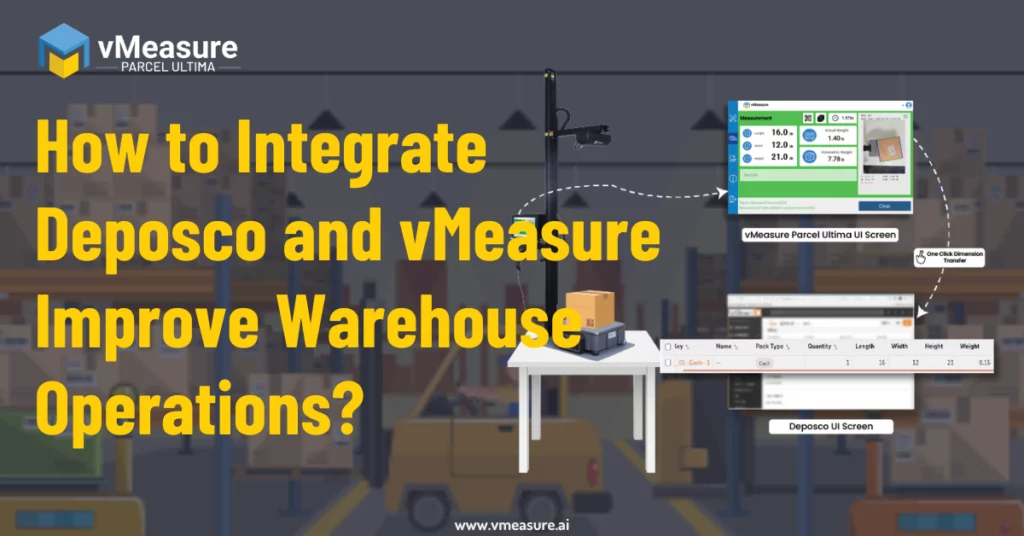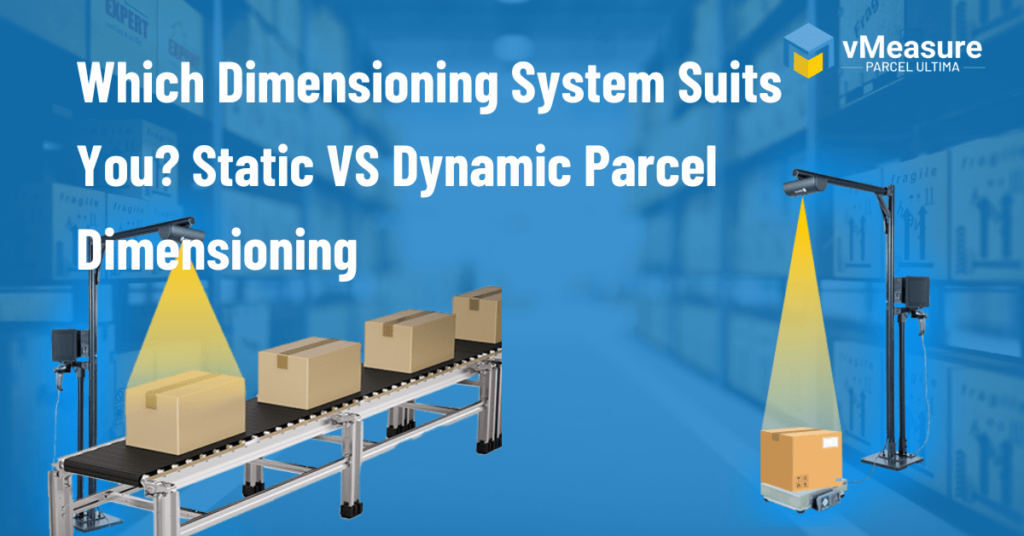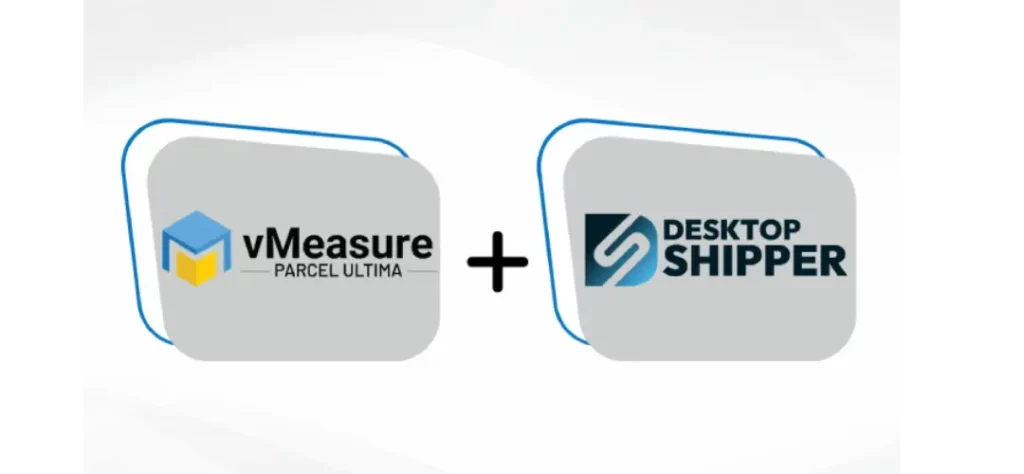Table of Contents
Introduction: Dimensional Weight, the Hidden Profit Eater in Logistics
Have you ever noticed how a box of feathers and a box of books, identical in size but dramatically different in weight, cost roughly the same to ship? The reason? A little-known concept is called dimensional weight/DIM weight. This one aspect of logistics could be secretly munching on your profits without you even realizing it. Let’s peel back the layers to expose this hidden profit eater.
From Physical Weight to Dimensional Weight
Imagine yourself in the olden days of shipping, where the weight of a package solely dictated the shipping cost. A simple concept, right? You’d pack your goods, place them on a scale, and, the weight determined the price. However, this system had a flaw, and the carriers were the first to spot it.
Picture this: you’re a carrier, and you’ve got two shipments to send off. One’s a compact crate of dumbbells, the other a giant but feather-light, box of foam peanuts. The peanuts, despite their lightness, are a logistic nightmare. They take up a lot of space in your vehicle, making it difficult to fit additional things inside and giving the impression that you are delivering by air.
The dumbbells, on the other hand, are simple to use. They only occupy a small corner of your truck yet are heavy and compact. Despite being lighter, the peanuts cost you by preventing you from carrying more luggage. Carriers became aware of this imbalance and realized a change was necessary.
Enter the era of dimensional weight.
Dimensional weight, or DIM weight, is a billing technique that cleverly considers not just the weight, but also the volume a package occupies in a vehicle. It was the shipping industry’s response to the dilemma of light but bulky items. It balances the equation, ensuring that carriers are compensated fairly for the space packages take up in their vehicles. For those in the world of Third-Party Logistics (3PLs), understanding and leveraging this concept can be a true game-changer.
An Overview: What Does DIM Weight Mean for 3PLs?
Okay, so your next question is probably: What does dimensional weight signify in the daily operations of a 3PL company? Let’s clarify that for you, then.
Consider DIM weight as the ‘space price’ you pay to ship a package. It’s not only about how much weight your shipment really weighs; it’s also about how much volume or room it takes up in the carrier’s vehicle. In other words, in addition to paying for the weight of the box, you are also paying for its ‘personal space’ within the carrier’s truck.
Now, let’s tie this to e-commerce, a booming industry that’s transforming the world of logistics. With online shopping trends skyrocketing, more and more goods are being delivered straight to consumers’ doors. This has made parcel shipping—delivering smaller, individual packages directly to customers—the new norm.
And guess what? Parcel shipping and DIM weight are joined at the hip. When you’re shipping a variety of goods of different sizes and weights directly to consumers, you’ll often find yourself dealing with light but bulky items. Sound familiar? That’s right; dimensional weight is stepping into the spotlight more than ever before.
Understanding and navigating DIM weight can mean the difference between sinking or swimming in today’s logistics landscape. It can impact your bottom line, your relationship with carriers, and even customer satisfaction. By mastering this concept, you’re not just staying afloat; you’re powering ahead in the fascinating journey of 3PL. So, buckle up, because dimensional weight is no longer a backstage player; it’s center stage and ready to put on quite a show in the world of logistics.
Understanding Dimensional Weight: A Comprehensive Definition and Its Evolution
Dimensional Weight: A Comprehensive Definition
Let’s delve deeper into what dimensional weight actually is.
Think of it as a mathematical formula. The first step is to measure the dimensions of your package – length, width, and height. Multiply these three to get your package volume. But, the equation isn’t complete yet. A specific divisor, usually determined by the carrier, is introduced.
You divide the package volume by this divisor, and voila, you have the dimensional weight. This value, along with the package’s actual weight, are the two key factors in determining the shipping cost.
The cost isn’t solely reliant on the physical weight of your item anymore; it’s a balance between the actual and dimensional weight.
The Evolution: How Did Dimensional Weight Become a Standard?
Take a step back to when shipping carriers filled vehicles based on weight, packing packages like a complex jigsaw puzzle. Then, e-commerce emerged, and the landscape shifted to bulky, lightweight deliveries — think large teddy bears or foam peanut-filled parcels.
To optimize vehicle space and accommodate this change, carriers implemented DM weight pricing. Now, this approach, considering both a package’s weight and occupied space, is an industry-standard.
Uncovering the DIM Weight Dilemma in the 3PL Industry
The Dimensional Weight Dilemma in 3PL Industry
Now, let’s talk about the elephant in the room: the DIM weight dilemma in the 3PL industry.
Picture this: You’ve got a shipment of beach balls—large, lightweight items that seem cheap to ship based on their weight alone. But these aren’t your average baseballs. They take up a lot of space in the carrier’s vehicle due to their size.
When figuring shipping prices, you’re leaving out a crucial factor if you merely take into account the actual weight. You may believe you are getting a deal, but when the invoice includes the dimensional weight charges, you will be shocked.
This is the dilemma 3PLs face. Not properly accounting for dimensional weight can lead to unexpected, inflated shipping costs. It’s like a hidden fee that comes back to bite you if you don’t factor it in from the get-go.
Mastering the concept of DIM weight, how it’s calculated, and its impact on your shipping cost is crucial in the 3PL industry. It helps you avoid those unpleasant surprises and keeps your shipping costs in check.
Interpreting the Impact: The Cost Implications of DIM Weight
When it comes to the financial aspects of 3PL operations, understanding the cost implications of dimensional weight is a crucial aspect of efficient business management.
Every cubic inch that your package utilizes in the carrier’s vehicle is monetarily significant. If we draw a parallel to real estate, it’s akin to paying rent for the space your packages occupy in transit. Consequently, if your consignments consist of large, lightweight items, the shipping costs attributed to dimensional weight can become a substantial expense.
In a business scenario where dimensional weight is inadequately managed, these additional costs can have a severe impact on the profitability of your logistics operations. If such costs are not effectively integrated into the pricing strategy, and thus, not appropriately billed to the customer, they can lead to a direct reduction in your company’s profits.
The financial ramifications of DIM weight are not only real but also impactful. It has the potential to significantly influence the profit margins of your 3PL operations, underscoring the importance of incorporating this element in your shipping cost calculations.
Exposing the Profit Eater: The Economic Impact of Dimensional Weight on 3PLs
In the world of shipping and handling, there’s a tricky little thing called ‘dimensional weight’. It’s like a quiet troublemaker that loves to sneak up on you with surprise costs. It’s a tough lesson that many logistics folks have learned the hard way.
Imagine this: you’re shipping a package and you’ve got all your costs figured out. But then, oops! Your calculations were off, and the dimensional weight was higher than you thought. This tiny mistake can nibble away at your profit before you even realize what’s happening.
Forgetting to factor in dimensional weight when working out shipping costs is a bit like leaving a tap running – it doesn’t seem like much at first, but over time, it can lead to a whole lot of wasted water…or in this case, money.
But hey, it’s not all bad news! Once we get a grip on what dimensional weight really is and how it can impact costs, we can start to turn things around. It’s all about getting the right strategies in place. So buckle up, because we’re about to dive in and get to grips with dimensional weight!
The Hidden Costs: Unraveling the True Impact on Profitability
You can think of dimensional weight as an iceberg – the extra shipping cost you see is just a small part of the problem, like the tip of the iceberg. There’s a whole bunch of hidden costs underneath that can make things tough for your logistics business.
- First, imagine all the time you waste going back and reworking your shipping costs because you forgot to include dimensional weight at the beginning. That’s time you could’ve spent making your business even better.
- Then, there’s the issue of unhappy customers. No one likes surprise costs, and if your customers keep getting hit with unexpected shipping charges, they might start thinking twice about using your services. That’s bad news for your business reputation and your customer loyalty.
- Finally, there’s the competition to think about. In a market where everyone’s trying to offer the best deal, consistently high shipping costs because of dimensional weight could put you on the back foot. That’s not a great place to be if you want to stay competitive.
Strategies to Tame the Profit Eater: Mitigating Dimensional Weight Implications
Fear not, with the right knowledge and strategic planning, 3PLs can take control of dimensional weight. Here are a few strategies that can be instrumental:
- Rethinking Packaging: Try to cut down on your package size. Choose the smallest box that fits, and use packing materials that don’t take up too much space. This can drastically cut down the dimensional weight, and help you save on shipping costs.
- Embracing Technology: Use tools like DIM weight calculators ( link to dimensional weight calculator page) to get accurate cost estimates. Consider using Transport Management System (TMS) software with built-in dimensional weight features to help you calculate shipping costs precisely and avoid unexpected expenses.
- Selecting the Right Carrier: Whom you choose to ship with can greatly impact your costs related to dimensional weight. Different carriers use different dimensional weight divisors and some might offer discounts based on volume. If you understand these factors and make an informed choice, you could end up saving a lot on shipping costs.
Remember, in the 3PL business, every penny you save is a penny earned. So, every step you take to understand and lessen the impact of DIM weight brings you one step closer to maintaining your profitability.
Emerging Trends: The Changing Landscape of Dimensional Weight Calculation
As the shipping industry continues to evolve, so do the methodologies and technologies associated with it. The process of dimensional weight calculation is no exception. A growing trend in the industry is the adoption of Dimensioning Weighing Scanning Systems (DWS).
Note: Unlock the Secrets: Dive into our captivating blog on “Dimensioner – What, why, and who needs it.” Discover the insights you’ve been missing.
Click now!
Click now!
These sophisticated systems are installed at carrier workstations and are designed to automatically dimension, weigh, and scan parcels. They then capture and record this data for each package, eliminating the need for manual measurements. This method is not only significantly more accurate but also provides carriers with critical data to support more DIM-centric negotiations.
The incorporation of the DWS system is transforming the landscape of DIM weight calculation , marking a departure from conventional manual practices. By saving resources and enhancing accuracy, this innovative dimensioning technology plays a pivotal role in optimizing operations and improving overall efficiency in the 3PL industry.
Future-proofing Your Business: Staying Ahead of the Dimensional Weight Curve
To effectively respond to the future implications of dimensional weight, a proactive approach is essential. Keeping pace with industry trends, emerging technologies, and evolving carrier policies is critical.
- Technology is at the core of this endeavor. Utilizing advanced tools like Dimensioning Weighing Scanning Systems can significantly enhance operational efficiency and cost-effectiveness.
- Packaging optimization should be a part of your strategy. Ensuring compact packaging without compromising the safety of goods can reduce dimensional weight, thereby decreasing shipping costs.
- Finally, carrier selection plays a key role in managing dimensional weight. Understanding and comparing different carriers’ policies regarding dimensional weight can guide your decisions and potentially save significant shipping costs.
By keeping abreast of these trends, your 3PL operation can turn the challenge of dimensional weight from a threat to a strength, ensuring long-term profitability amid changing industry dynamics.
Conclusion: Conclusion: Mastering Dimensional Weight for Sustainable Profitability
Dimensional weight, accounting for both package weight and volume, can quietly drain profits in Third-Party Logistics (3PL). However, with understanding and strategic management, it becomes an opportunity rather than a threat. By optimizing packaging, utilizing advanced technologies like Dimensioning Weighing Scanning Systems (DWS) and selecting carriers based on their DIM weight policies, 3PLs can mitigate financial impacts, boost operational efficiency, and ensure sustainable profitability. As e-commerce and shipping volumes rise, mastering dimensional weight is not just about preventing profit loss, but about gaining a competitive edge in the dynamic logistics landscape.
Ready to revolutionize your shipping process? Schedule a live call with our team to discover how our innovative solutions can drive your business forward.




